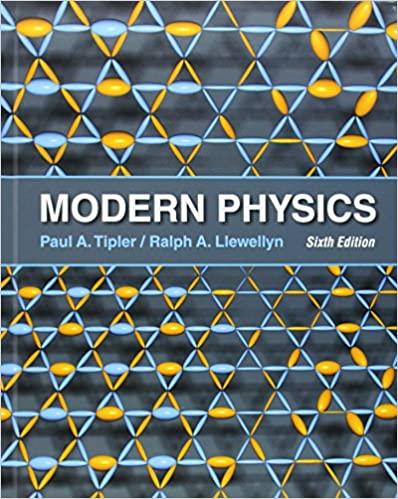Figure 1-11b (in the More section about the Michelson-Morley experiment) shows an eclipsing binary. Suppose the period
Question:
Figure 1-11b (in the More section about the Michelson-Morley experiment) shows an eclipsing binary. Suppose the period of the motion is T and the binary is a distance L from Earth, where L is sufficiently large so that points A and B in Figure 1-11b are a half orbit apart. Consider the motion of one of the stars and
(a) show that the star would appear to move from A to B in time T/2 + 2Lv/(c2-v2) and from B to A in time T/2-2Lv/(c2-v2), assuming classical velocity addition applies to light, that is, that emission theories of light were correct.
(b) What rotational period would cause the star to appear to be at both A and B simultaneously?
Fantastic news! We've Found the answer you've been seeking!
Step by Step Answer:
Related Book For 

Question Posted:





